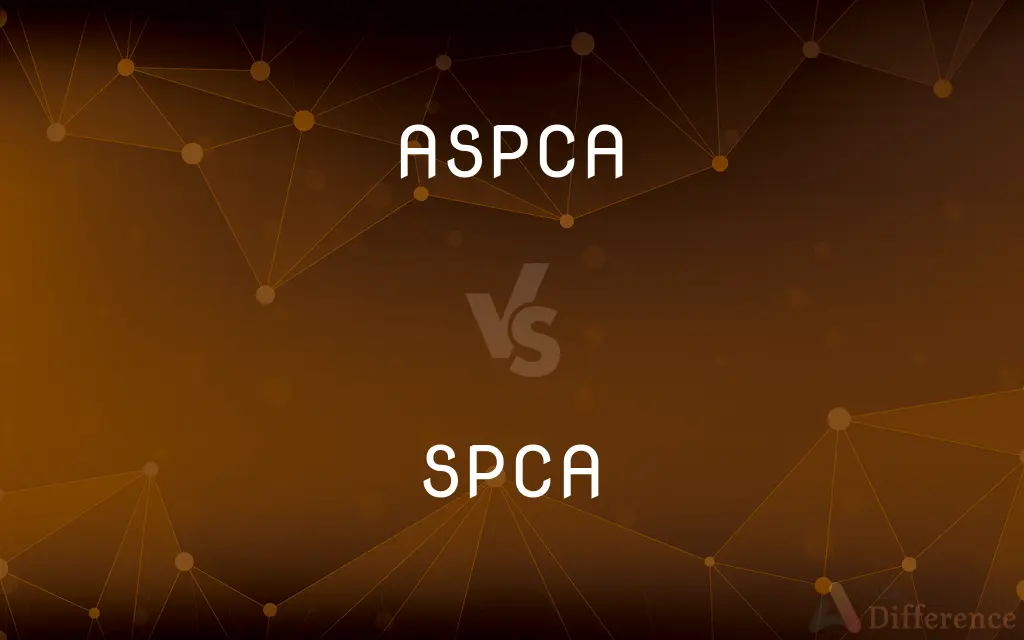In the realm of animal welfare, the acronyms SPCA and ASPCA may seem like interchangeable labels, but beneath the surface lies a rich tapestry of history, mission, and operational philosophy. Both organizations have made monumental strides in the quest to alleviate animal suffering, yet their foundational differences unveil a compelling narrative of two paths converging toward a common altruistic goal.
At the heart of this exploration is the origin of each organization. The Society for the Prevention of Cruelty to Animals (SPCA) has its roots in the United Kingdom, where the movement to prevent animal cruelty took form in the mid-19th century. The first SPCA was established in 1824, paving a path that many independent SPCAs would later follow across various countries. These local organizations embody the spirit of community involvement, often tailoring their services to meet the specific needs of their geographic populations.
Conversely, the American Society for the Prevention of Cruelty to Animals (ASPCA), founded in 1866, introduced a distinctly American ethos to the global movement. While it’s the first organization of its kind in the United States, the ASPCA was created in response to the burgeoning industrial age—an era fraught with rapid urbanization and, regrettably, grievous cases of animal neglect. The ASPCA’s founding principle intertwined with a broader humanitarian perspective, including advocacy not just for animals but for the ethical treatment of those who care for them.
Delving deeper into their missions, one can discern how these two organizations diverged in their methodologies and areas of focus. The SPCA branches are often heavily involved in direct animal care, operating as shelters that provide sanctuary, healthcare, and rehabilitation for myriad species, from domestic pets to wildlife. Each SPCA operates with some degree of autonomy, allowing them to adapt and tailor their initiatives to localized issues. Their work extends to community education, advocating for spay and neuter programs, and promoting responsible pet ownership—endeavors that foster a culture of compassion and respect for all sentient beings.
In contrast, the ASPCA has positioned itself as a national leader in legal advocacy and enacting systemic change. By focusing on legislative action, the ASPCA champions animal rights at the federal level, working tirelessly to enact laws that protect animals from cruelty and exploitation. Their efforts in legislative reform extend to lobbying for better welfare standards for farm animals, improving living conditions for strays, and securing better treatments within the pet trade. The ASPCA’s investment in legal strategies has equipped them to tackle systemic issues that many local SPCAs may not have the bandwidth to confront.
However, these distinctions are not meant to delineate a clear chasm between the two entities. Rather, they reflect the unique appeal of each organization’s focus. Consider the SPCA as the lighthouse, steadfast and vigilant, shining a beacon of hope for animals within their immediate environments. It cultivates a nurturing sanctuary, fostering a deep-rooted relationship between local communities and their companion animals. Now envision the ASPCA as a mighty ship navigating through stormy seas, maneuvering towards far-reaching reforms that chart new courses toward enhanced animal welfare nationwide.
Communication and outreach efforts also illustrate the nuanced differences in their approaches. While both organizations are committed to raising awareness, the SPCA often engages in grassroots campaigns that involve local community outreach, school programs, and public events. Their aim is to ingratiate themselves into the fabric of the locality—promoting empathy, respect, and advocacy for animals through educational programs tailored to their specific cultures and values.
The ASPCA, on the other hand, harnesses the power of a broader media reach, employing national campaigns that can achieve viral status, making animal advocacy a topic of national conversation. Their messaging often revolves around urgent calls to action, aiming to mobilize supporters through social media, fundraising, and partnerships with corporate sponsors. This strategy not only raises awareness but also channels resources toward lobbying efforts, animal rescue, and educational programs on a grand scale.
In the truest sense, SPCA and ASPCA represent two sides of a vibrant coin, both contributing vital efforts to the overarching aim of protecting animals from cruelty. While their methods may differ, the ultimate goal remains harmonious—both organizations strive for a world where animals are treated with dignity and respect. The SPCA may demonstrate the importance of local engagement, while the ASPCA calls for overarching legal improvements that redefine societal norms regarding humane treatment.
As one seeks to comprehend their roles and impact, it becomes evident that collaboration between local SPCAs and the national ASPCA amplifies their collective mission—a symbiosis of localized care and national reform. The true distinction is not merely about labels or acronyms; it’s about how these organizations resonate with their audiences, forge connections within their communities, and instigate tangible change across the country.
In conclusion, whether one finds solace in the compassionate embrace of an SPCA or the proactive fervor of the ASPCA, each entity contributes uniquely to the broader narrative of animal welfare. They represent a spectrum of advocacy—one that invites the community to engage at the grassroots level while simultaneously beckoning the nation to rally for systemic change. In unison, they stand as sentinels for the voiceless, embodying the fervent belief that every effort, whether grand or subtle, matters in the quest to protect and uplift the lives of our furry companions.










